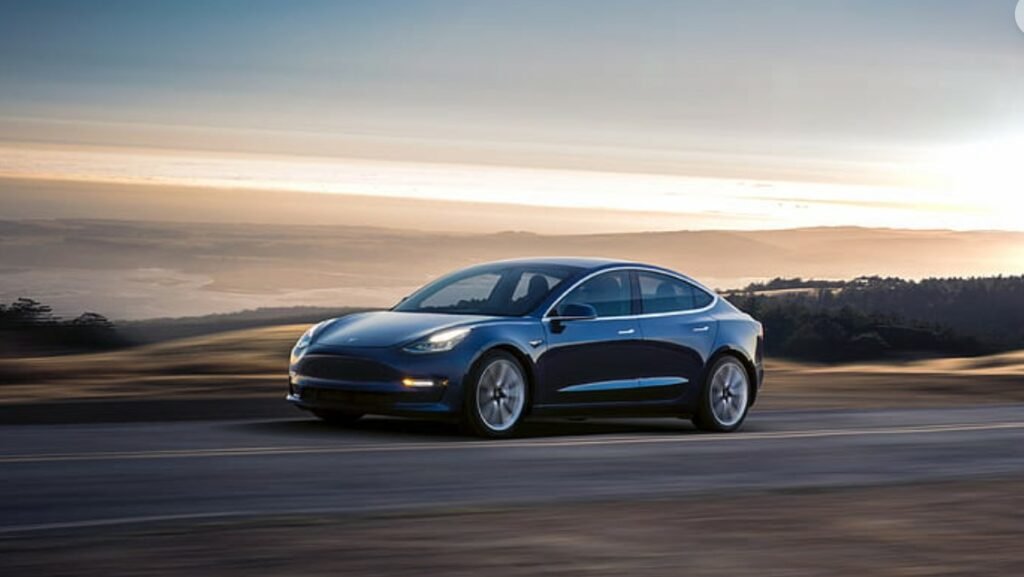In the realm of electric vehicles and sustainable energy, Tesla’s Master Plan Part Deux stands as a bold vision for the future. Outlined by Elon Musk in 2016, the plan aims to accelerate the world’s transition to sustainable energy through a series of innovative steps. However, as we stand in 2024, the journey towards the realization of this plan has been met with both milestones and challenges.
The Genesis of Tesla’s Vision
Tesla’s journey began with the creation of a high-end, low-volume car, the Tesla Roadster. This step was crucial in funding the development of subsequent models aimed at a broader market. The profits from the Roadster enabled the creation of the Model S and Model X, luxury vehicles that catered to a more affluent segment, and set the stage for the more affordable Model 3.

The company’s strategy extended beyond vehicles, with the integration of renewable energy generation and storage. The acquisition of SolarCity and the development of the Powerwall and Powerpack batteries exemplify Tesla’s commitment to a sustainable ecosystem.
Expanding the Electric Horizon
With the foundation set, Tesla’s focus shifted to expanding its electric vehicle product line to cover all major segments. This included the introduction of the Model Y, a compact SUV, and the Cybertruck, Tesla’s take on the pickup truck. These models aimed to cater to different consumer needs and preferences, broadening Tesla’s appeal.
The expansion also saw Tesla delve into the realm of heavy-duty transport with the unveiling of the Tesla Semi. This move not only diversified Tesla’s product range but also marked its entry into the commercial transportation sector, a significant contributor to global emissions.
Navigating the Roadblocks
Despite the progress, Tesla’s journey has not been without its setbacks. The automotive industry is notoriously challenging, with high costs and complex logistics. Tesla has faced production delays, logistical hurdles, and the immense task of scaling up manufacturing to meet the ambitious goals set by the Master Plan Part Deux.
Moreover, the company’s ventures into solar roofs and battery storage have encountered technical and market-related obstacles. Achieving a seamless integration of energy generation and storage into everyday life remains a work in progress.